Tosh Berman's Blog, page 108
January 25, 2021
Albums That Were Important to Tosh in 1996
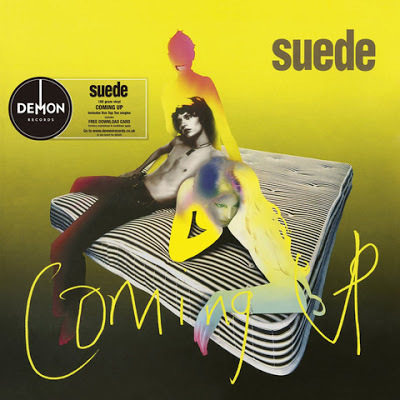
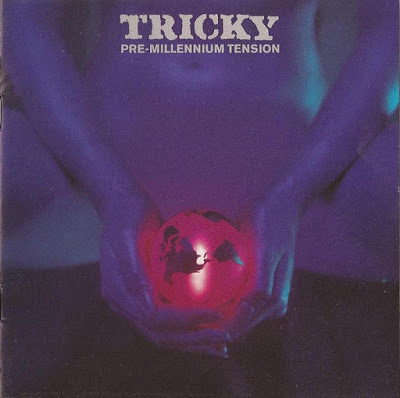
As far as I can remember (or tell), there were only two albums of importance for me in 1996. Suede's "Coming Up" and Tricky's "Pre-Millennium Tension." On the surface, they're from the same country but seem apart. The truth is that both artists capture a mood or tension in modern life in the UK. "Trash" from the Suede album is an amazing single/song. I still play it to this day. And it is also interesting to point out, Suede went through a major change from losing Bernard Butler (guitarist/co-songwriter) and getting a new guitarist/co-songwriter). They became more forceful and focused. Not every album by them became great, but what looked like post-glam seedy glamour was/is actually a new approach to pop music. Tricky's second (or third) album was essential listening for me at the time—especially "Tricky Kid" off that album. More was going on that year, but I really would need a week to figure out what 1996 meant to me. - Tosh Berman
January 24, 2021
January 24, 2021, by Tosh Berman
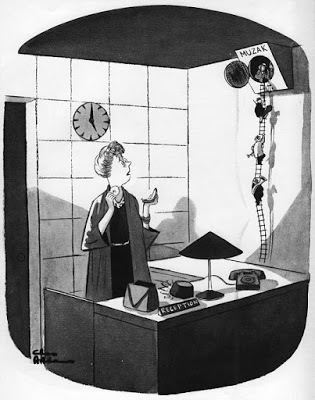
January 24, 2021
I just started to read the biography on Charles Addams by Linda Davis, and it brings me memories of being a fan of his work when I was a child. I'm trying to figure out how I got into him, and for sure it was before the TV series "The Addams Family." I liked the Addams Family, but I was more of a fan of his other stuff. Such as his work in the office working world and just the everyday absurdity of life as it is played out in Addams' mind and drawings. It seems he was a boyfriend to Greta Garbo and quite a ladies' man. Lately, I have been reading up on the playboys of the western world from decades ago. I'm attracted to that world because I don't feel I have ever participated in that landscape. I'm one of those fellows who sees a girl, and my technique is to wait for them to approach me. I figured if I sit there long enough, eventually, they will notice me.
I did a lot of that in High School, and if you find the right spot, you can just sit there and wait. School was never a significant interest for me, except for the quad steps that lead to the lunch area because that is where you will meet people. The girls I met a school were and still are important to me. I do keep in contact with some, but there are some that I lost touch with, and it seems no one knows where they are or if they even exist on this planet. There is a danger to look back because one doesn't see the luggage that comes with it.
So, yeah, Charles Addams. As a music lover, there is a cartoon where the Receptionist for a business notices at 5pm that the little musicians leave to go home from their muzak studio on the office wall. It reminds me as a kid watching Lassie on TV, and my dog Rover would bark at Lassie on the small screen. He also went to the back of the TV set to see if there was an opening to get inside the set. For my dog, that was logical thinking. It was the first time I noticed an animal thinking logically about a situation. There's a dog in the box, and therefore…
Addams caught those moments with The Addams Family as well as others in his work. It's like starting on ground zero and then using your knowledge to understand what's happening at the moment. There is something very Wittgenstein about Charles Addams.
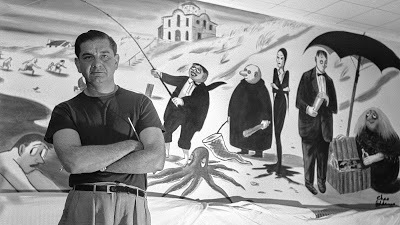
Albums That Were Important to Tosh in 1995
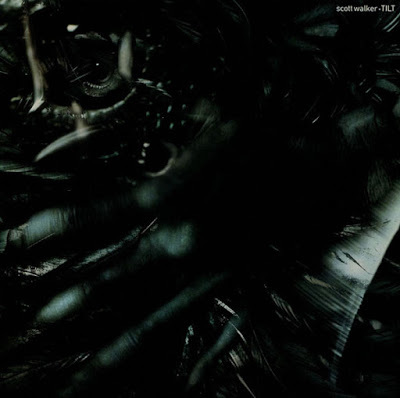
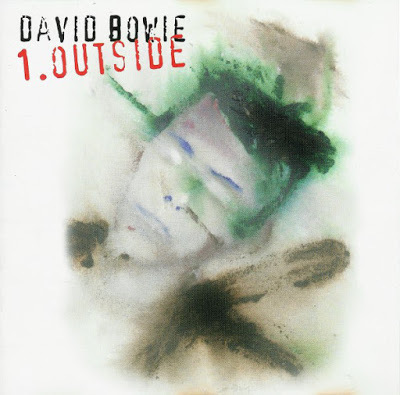
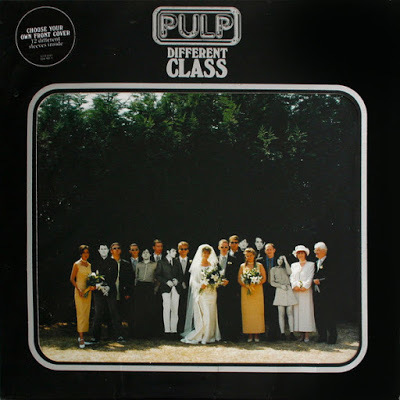
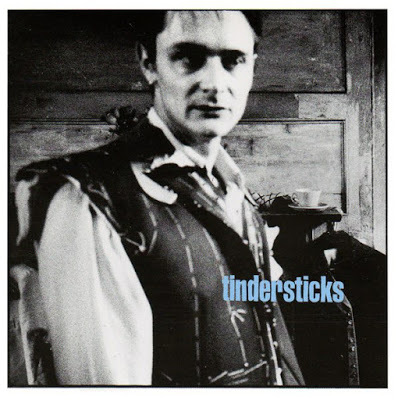
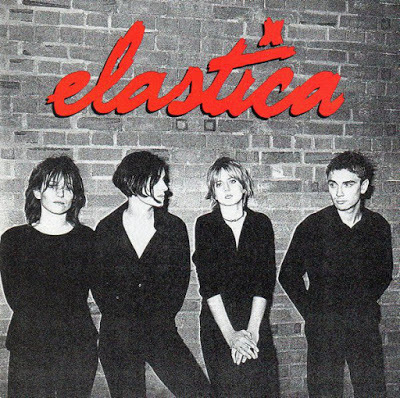
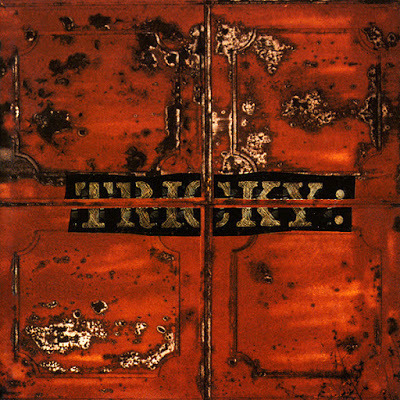
These six albums were a significant find for me in 1995. Scott Walker's "Tilt" is a masterpiece. They are basically sound pieces with singing. And the lyrics were on another level as well. There was no going back home after this album. It took no prisoners. Bowie with his "Outside" project was also his first real avant-pop album. There are the Side B recordings from "Low and "Heroes," but this was very much a forward approach to music from David, Eno, and others. I was so excited to hear this album, and I wasn't disappointed.
I discovered Pulp's "Different Class" while crossing the Shibuya Tokyo Station. There was a giant video screen on the side of the building, and they were playing the video to "Common People." I immediately went over to the HMV music store to hear the album. It was love at first listening. The lyrics, Jarvis's voice, the musicians, arrangements, and the superb production from Chris Thomas, this is an instant classic.
The Tindersticks' second album was a beautiful relationship between orchestration and voice. It reminds me a bit of The Bad Seeds, but more soulful.
The first Elastica album was another opening to the current British world, and I remember loving this album. The same goes for Tricky's first album, which introduces me to a mixture of dark sounds with rap. The combination of the sound of dread, mixed with Tricky's moody vocals and the sweetness of Martina Copley-Bird's singing, was an incredible mix. I love how he embraced the experimental with the low-level groove. 1995 was an excellent year for music.
January 23, 2021
January 23, 2021, by Tosh Berman
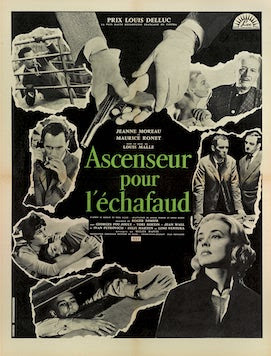
January 23, 2021
When I worked at Book Soup, Jeanne Moreau was in the store, looking at books and wandering around the store. As I watched her from a distance, as I was behind the bookstore counter, it reminded me of her walking around Paris in the Louis Malle film Ascenseur pour l’échafaud (Elevator to the Gallows). She occasionally picked up a book to look at its cover, open it, read silently, and then placed it exactly where she found it. It took me a few minutes, but then I notice that a cameraman was shooting her while she walked around the store. One needs permission to shoot in the store, and it was my duty as an employee to either stop the shooting or tell the manager. On the other hand, it is Jeanne Moreau in one's store, and who am I to tell her to stop filming.
I didn't approach her or the cameraman, but I walked toward her like I was looking for a customer's book. You see, I can also act or perform in front of a camera, which I may have in this situation, but in my head. Jeanne may have been thinking of the same scene in the Malle film, and I'm her partner, following her in the streets of Paris. It's odd dancing in private, in front of customers buying and looking at books. None recognize her, and clearly, they didn't know what I was thinking or doing. At this moment, I wanted to put on the soundtrack to "Elevator to the Gallows" by Miles Davis. If I did that, would she catch on that she's discovered filming in the store? Or someone there recognizes her?
She eventually went out of the store and looked at our display window. The cameraman shot her through the window, and Jeanne paid attention to the books, but then her eyes showed boredom and moved on down the street. The cameraman left the store as well, following Jeanne on the road. I stayed in the store and was behind the counter again.
"Out of the Way: Later Essays" by Colin MacInnes
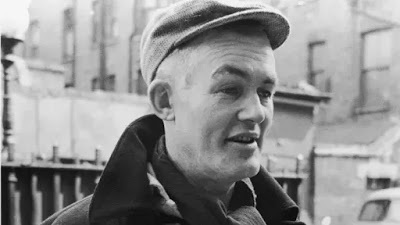
“Out of The Way: Later Essays” by Colin MacInnes (Martin Brian & O’Keeffe Ltd.) 1979
After a dental surgery in Pasadena, I found myself in a used bookstore, trying to forget what I went through. I came upon a book of essays by London-orientated writer Colin MacInnes. He wrote "Absolute Beginners," which captured the modern London of the 1950s. One of the first books regarding youth as a culture on its own and the racial interactions that took place on the streets of London. A truly remarkable novel, and now I found "Out of the Way, a collection of articles he wrote for various English publications.
MacInnes is an impressive figure because he wrote about race issues and being an incredible observer of those eras' political, art, and pop world. He was born in 1914 and died in 1976. His father, James Campbell McInnes, was a classical singer, and his mother, Angela Thirkell, was a novelist. MacInnes was very much a professional essayist who wrote about British politics, colonialism, crime/law, sexuality (he was an out bi-sexual), the visual arts, and the cancer that eventually killed him. He also observed the difference between high and low art and recognized that they came from the same pool. MacInnes also realizes that there is not a massive difference between the 'Coppers' and criminals. He breaks down the jail system and what happens when one gets arrested.
Wrongly, the book is out-of-print. It needs to be reprinted as well as the entire Colin MacInnes bibliography. Not a major writer, but an important one in that he was in the right place and time. Also, the fact that he wrote about teenagers and youth when he was way in his mid-40s. The outsider approach (due to age) gave his books a superior reflection with a small distance.
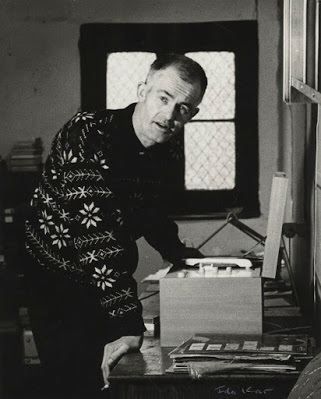
Albums That Were Important to Tosh in 1994
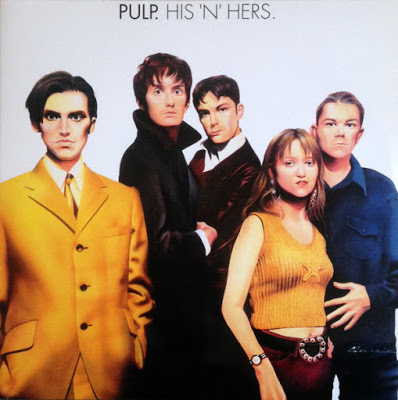
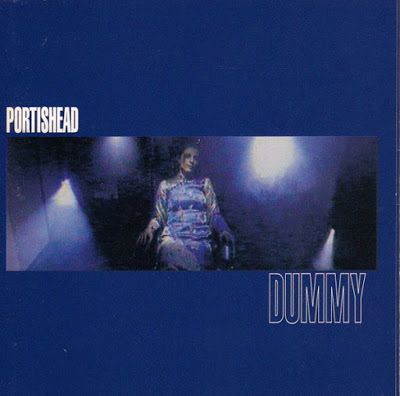
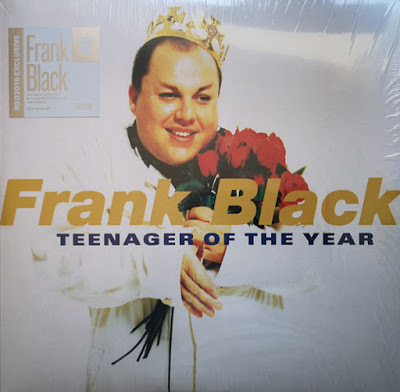
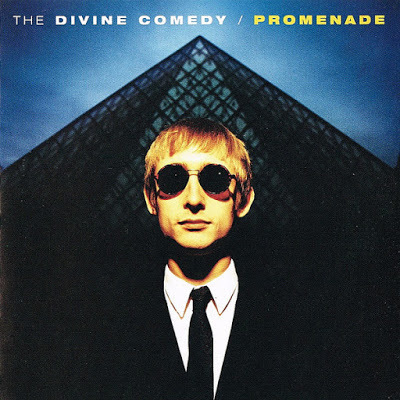
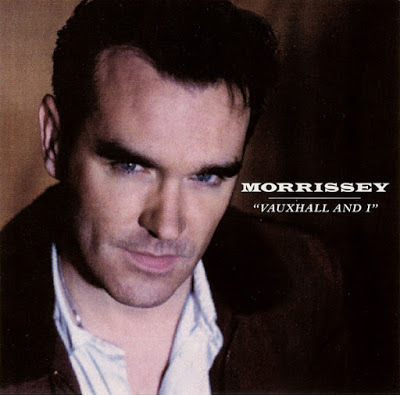
1994, I think I left Beyond Baroque and started to work full-time at Book Soup. And I stayed there until 2012. Having Tower Records across the street from the store got me into the music world again. I'm still buying reissues of Gainsbourg and started to obtain a strong Boris Vian fixation. Still, it was British music that made an impression on me. Portishead, I think, similarly hit everyone: DJ-related, Noir sounds, and bluesy, with a strong movie soundtrack feel. I loved their sound and the sense of a dreamy landscape in front of me. Pulp was another discovery that year. "His 'N' Hers" captured that kitchen sink feeling of British literature, cinema, and theater. Jarvis Cocker and company had such a strong character that comes through their music. I also loved the painted cover portrait of the band. Frank Black's second solo album, "Teenager of the Year" (I love that title), I think, is a remarkable work. I think it has 23 short songs, and all of them had great depth for me. Divine Comedy returns with an album with a great song, "The Booklovers," which lists every author and just a remarkable piece of baroque-pop. I was impressed with Morrissey's "Vauxhall and I," which is a remarkable piece of work from the grump king. If you look back on 1994, I think most contemporary music lovers will find something totally satisfying—a strong music year.
January 22, 2021
January 22, 2021, by Tosh Berman
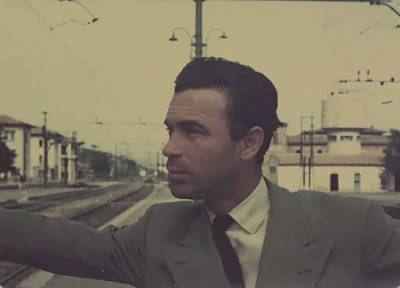
January 22, 2021
I have great admiration for people like Porfirio Rubirosa and Malcolm McLaren. Two hustlers on the make. Both would be OK to sell you anything you desire, and if you don't wish for anything, they'll find something for you to desire to. Malcolm has ideas and schemes to invent a culture of some sort. Mr. Rubirosa basically just wanted to drive fast cars, play polo, and screw rich women. Rubirosa said, "I will risk everything to avoid being bored," but I think McLaren would follow that role in life.
When Rubirosa was hard, Truman Capote reported to have seen him in this state, and he said 11 inches. "Eleven-inch café-au-lait sinker as thick as a man's wrist." A man asked him for advice in sexual manners. Rubirosa told him, "If you are going to have a hot date, then jerk off in the afternoon so that it takes you longer at night. You'll be a hero!" He wasn't born wealthy, nor had he ever had a full-time job; still, money found him. Rubirosa said, "Most men's ambition is to save money. Mine is to spend it." He married five times, and two of his wives were Doris Duke and Barbara Hutton.
Both Porfirio and Malcolm had plans for the present, never for the future, and the Past was used for either inspiration or personal connections. McLaren had a vision for himself in a world that he could create. Rubirosa was satisfied until another beauty came upon him or his finances dried up. The thing is that they successfully made their own identities and managed to live a full and argument ally a productive life. I think of these two men, and then I think of those who invaded the Capital a few weeks ago.
These are not men and women of great ambition, but just fulfilling a desire that can't be filled. I have met some of these people throughout the years. They are always got the short end of the stick. They're very proud to be an individual or that they can think for themselves. Still, the truth is they are totally ground meat to men like McLaren and Rubirosa. Even someone like Steve Bannon knows how to cradle stupid people's egos and somehow get the loose change from their pockets.
Still, there are those who have no talents in social grace, understand or reading another person's moods or desires. Sometimes they're naturally sweet, but the mechanics of politics and power are either too gross or have a total lack of skills in dealing with people of that world. The frustration adds up when they are ignored, and why shouldn't they be? What do they have to offer?
When they realize they have no hope or skills, they believe conspiracies why they are placed in such a position of no power, no economic strength, or the ability to see their creative talents. All they can do is complain, and feel resentment toward a world that has no interest in them. The beauty of Malcolm and Rubirosa is that they really don't care what people think of them. Their game is to enjoy life and not allow a moment to go sour. Some people just dwell on the sourness of life, and eventually, it shows in their behavior and, ultimately, their fears. Insecurity is like a virus. If you hang out with them, you too will get it.
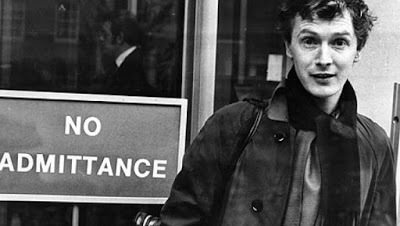
The Albums That Were Important To Tosh in 1993
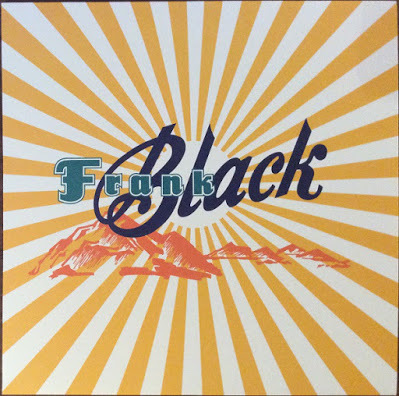
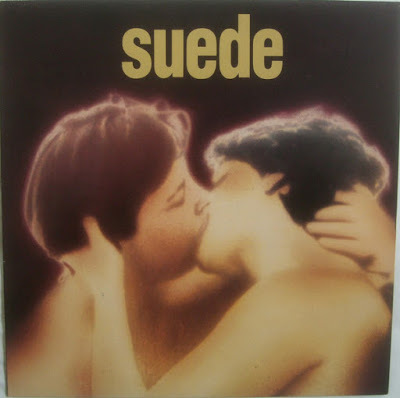
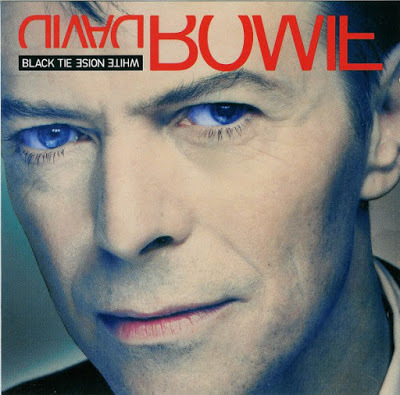
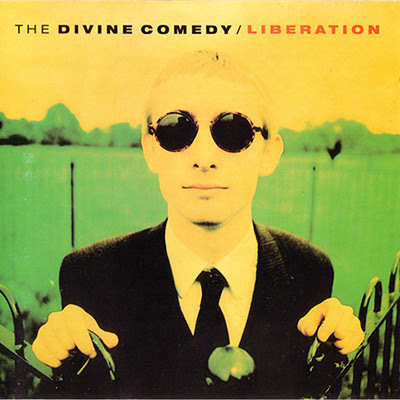
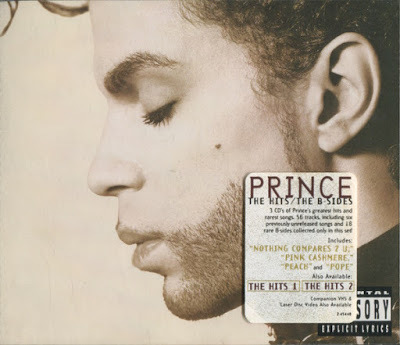
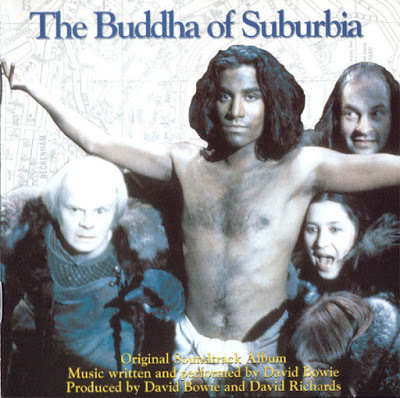
The albums I purchased in 1993 were all familiar to me, such as Bowie and Frank Black (Pixies), except for Suede and The Divine Comedy. At the time, I actually preferred the Frank Black solo albums to his albums with Pixies. And Bowie's "Black Tie, White Noise, I thought was a great comeback for the presence and music of this brilliant artist. Many feel this album is not up there with other Bowie classics, but I loved this album when it came out. I also liked "The Buddha of Suburbia" soundtrack album by David. He was hungry to make new music.
I was most impressed with Suede for their graphics and photos of the band. A good-looking band goes far in my book, and I appreciated their retro-glam via the "Diamond Dogs" approach to their music. With an additional mixture of JG. Ballard as well. The Divine Comedy is book smart, and to me, they convey literature as music. The UK to the core, I loved their approach in making music to read books by. The compilation I listened to the most that year was Prince's "The Hits/B-Sides." Especially the B-Sides. All were magnificent.
January 21, 2021
January 21, 2021, by Tosh Berman
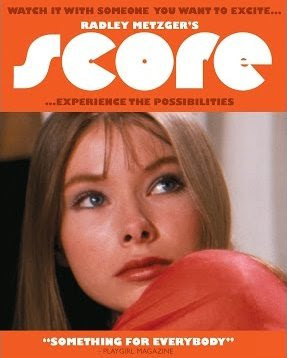
January 21, 2021
The exhaustion of the last four years is as vast and deep as my soul's misery. If he had won the election, it would genuinely be either you go or I leave. As a villain, he's not even an interesting evil fellow. He's just annoying. I watched the first two press conferences from the new White House administration. It's amazing how wonderfully boring it is, but with vital information. To show my appreciation, I plan to watch every press conference, from Monday to Friday. It's the only series that gives me a sense of peace and to be in a room full of adults. The past four years is like being locked up with a very disturbed child. You want to understand this little creature, but eventually, you want to smash his head onto the pavement.
When the world is not sophisticated, I lose interest. To be trapped by what some call a human being is like stuck in a party and having to talk to the big bore, and there is no exit to this damn party from hell. I sit there as he rambles on and on, and I'm just smiling and thinking of every Benny Hill routine I have seen. The eros from Radley Metzger films to the beauty of Noe Itō and beyond is my only escape from the madness that's 2016 to 2021. It's like being tortured by someone giving you a thousand paper cuts and being forced to keep one's eyes on the Television screen at one of his many horrific rallies. It's a strange feeling to know that if he entered a room you are in, that I would shoot him without a second thought. I can easily see myself in the Lawrence Harvey role in The Manchurian Candidate.
Instead, I rooted myself on the couch in front of the screen to watch Henry Paris's film of 1974, "Score." The narration takes place in the mythical European city Leisure. These days I live in a series of rooms with four walls. My view of the world is limited to my imagination: that and the films of Mr. Paris. My world is here.



